Like everyone else, during quarantine, I wanted a dog. But unlike some people, I had owned dogs before. This wouldn’t be a venture into the romantic unknown. I had had dogs for years and years, and the last three had all been the same breed and the same gender, so, if I got another, I would know exactly what I was getting.
My last dog had been part of our lives as we were moving from the country into the city, and I had decided that I didn’t want to have a dog if we were spending most weeks in an urban environment. So I went dogless for 10 years. I didn’t want to have a dog in the city. Not that I minded the daily walks with the dog, it was the walks without the dog that I minded. It was saying goodbye once again as I closed the door on the desolate face, the drooping ears, the sad flat-footed pose. I didn’t want to disappoint my dog over and over and over. So I remained dog-free until something happened on Facebook. There I watched other people’s dogs, taking vicarious pleasure from their big body-wags, their sweet smiles, their cozy curl-ups.
My friend, the writer Josephine Humphreys, owned a dog of the breed I favor. She had been posting beautiful and hilarious pictures of him for years, and Archie had become a local star, recognized on the street and at the vet’s. I loved feeling that I knew him, even that I shared in his ownership because Jo generously made him all of ours. But one day she posted a picture of a new dog – the same breed, but a different color, with the question: This is Rosie. Should I get her?
Honestly, I was outraged. Jo already had a dog. Now she was getting a second one, while I had none at all? At first this seemed cataclysmically unfair, though I was unsure of exactly how to present the unfairness to Jo, and then it occurred to me that I could take care of this myself. I could get my own dog.
And so, in the summer of 2021, while the whole country was clamoring for dogs, while canine shelters were being drained of orphans, while everyone was baking bread and getting puppies, I began to search the internet for my breed.
A word or two about this breed: Standard Poodle. A bit of history — the Standard Poodle is the big one. It’s a hunting dog, a water retriever, to be precise. They actually are originally from the German marshes, and the word “Poodle” comes from the German “pudelin,” which means to splash in water: think “puddle.” (Once my two poodles ran off after deer when I lived in Katonah. A friendly neighbor called to tell me they were at her house. She was a German speaker, with a strong accent. “I haff your two puddles here,” she said, and at first I was confused.)
Standard Poodles are water retrievers from a cold place, so that’s why they have such dense coats. If you don’t clip them — which I don’t, all winter — they produce an impenetrable mass of dense pelt, which is effectively waterproof. They have hair, not fur, which is why they don’t produce dander. This means they are hypoallergenic, and won’t rouse allergic reactions. Their hair insulates them from cold when they have to swim across open water to retrieve a fallen bird. But because the hair is so dense, and gets matted and tangled, owners clipped them close along the body, to make grooming easier. The waterproof hair was kept long and dense over all the joints — neck, knees, ankles and hips — to keep out the cold water and protect them from arthritis. The resulting clip now looks fancy instead of practical — long and full around the neck, with hair bobbles at the ankles, hips and knees, short everywhere else. At shows, the hair is brushed into a mane, and the bobbles look merely decorative. Then putting bows in their coat doesn’t suggest they are working dogs. But they are.
My husband once talked to a dog trainer at a field trial for sporting dogs. “Poodles will do anything well,” she said. “Anything you want them to do. They’ll point, scent, retrieve. Anything.” A Poodle once ran in the Iditerod. “So why don’t more hunters use them for shooting birds?” my husband asked. “Prejudice,” the trainer said. “They’re one of the smartest breeds on the planet, and they’ll do anything you want.” Because they are so smart, and so biddable, they’ve been coopted into circuses, because they’ll dance, and fetch, and do any crazy thing you think is a good idea.
Poodles are known for their elegant carriage and a light, floating gait. Many of them are comfortable standing on their hind legs, and they will dance if you ask them. But the breed is a working one; they are strong and biddable. They don’t bark incessantly. And the fact that they are so smart makes them interesting. All dogs are affectionate, that’s how they evolved. But a super smart dog makes a remarkable partner.
I had already owned three Standard Poodles. Suddenly I was determined to have a fourth.
Copyright Roxana Robinson
Roxana Robinson is the author of ten books, including six novels, and the biography of Georgia O’Keeffe. She lives in Cornwall.

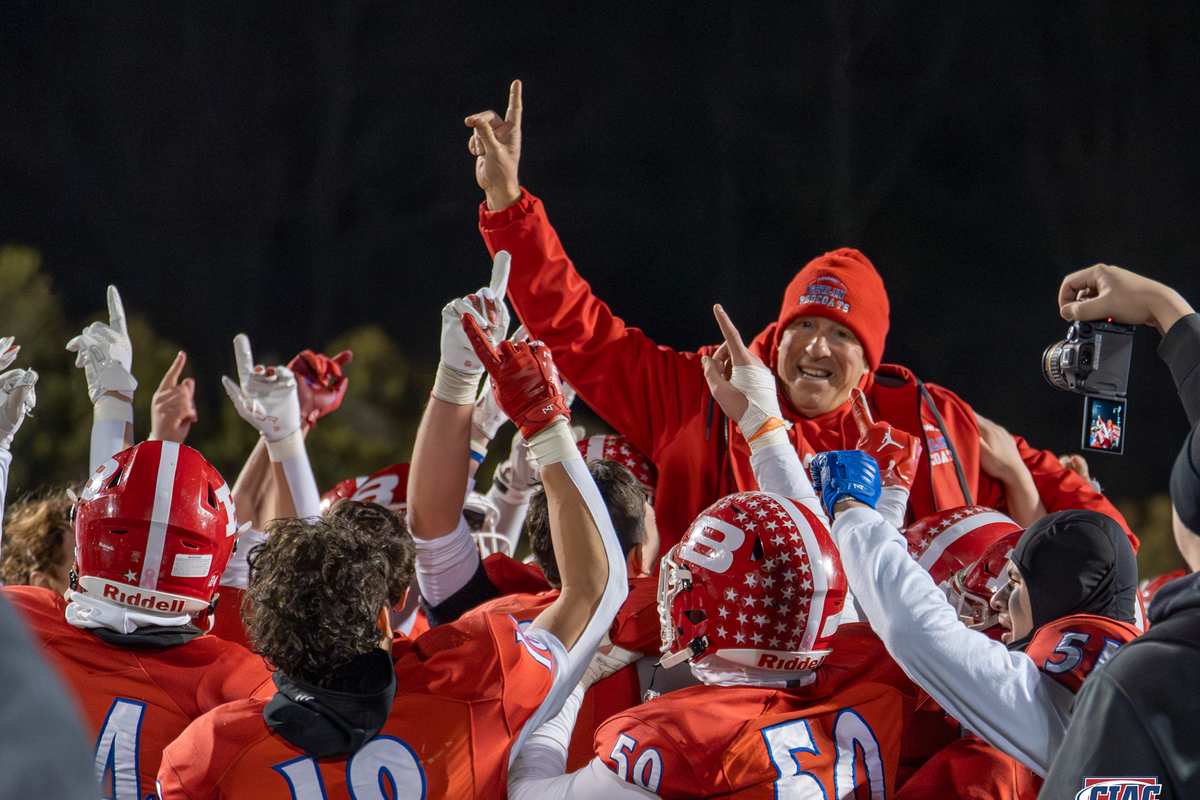
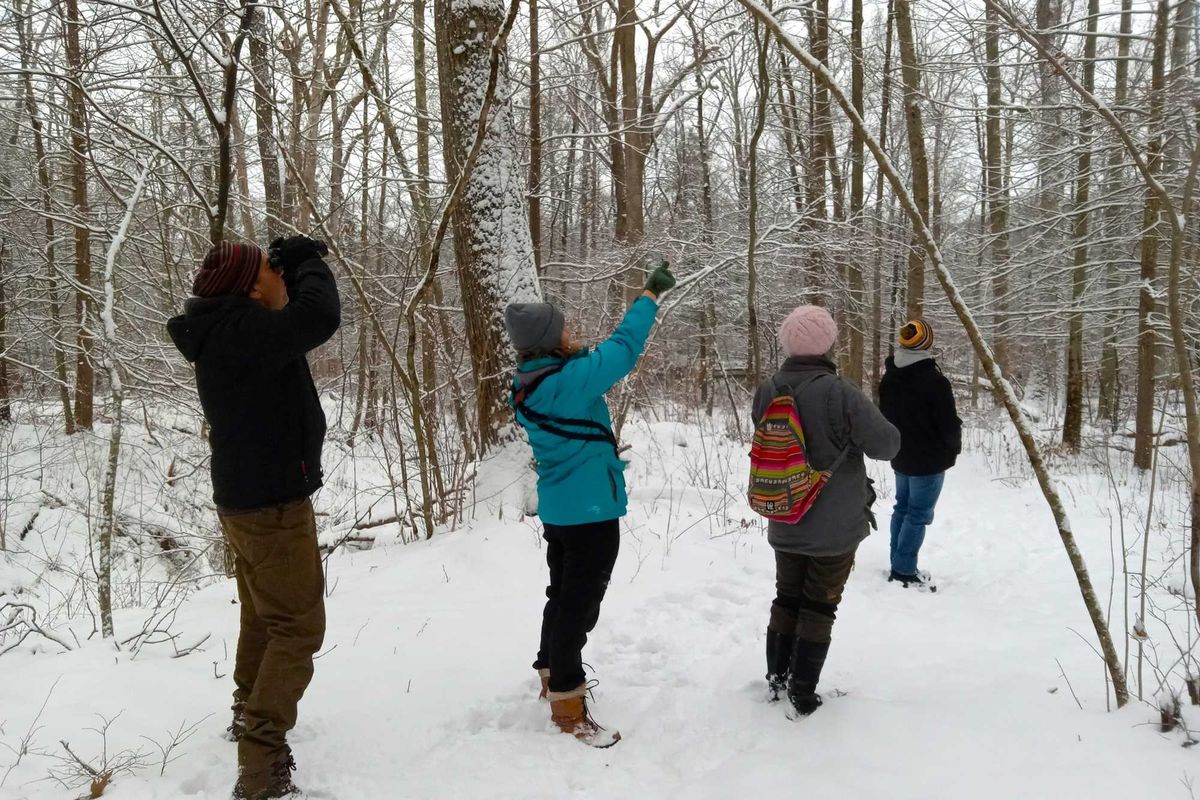
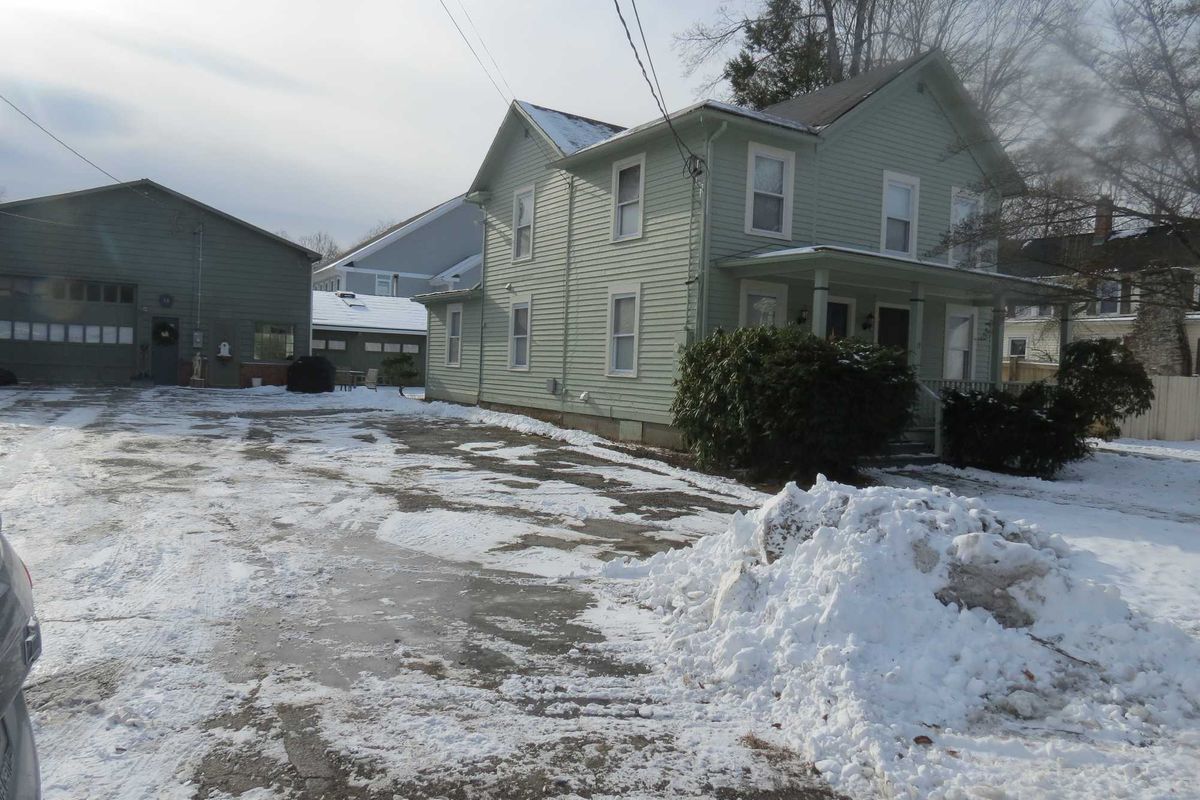


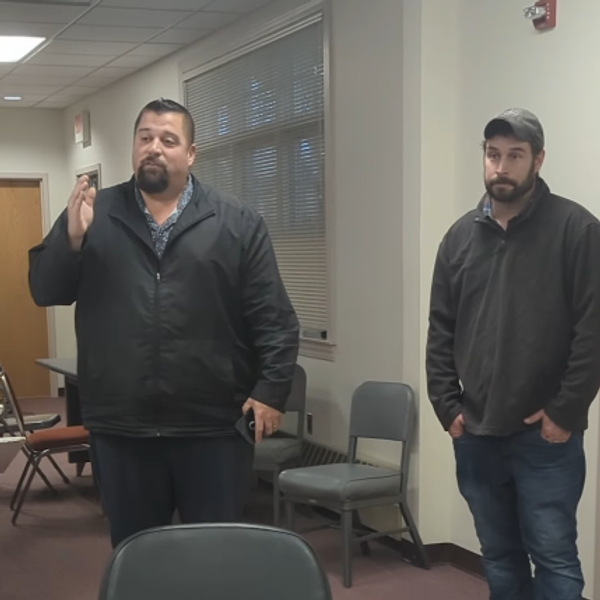
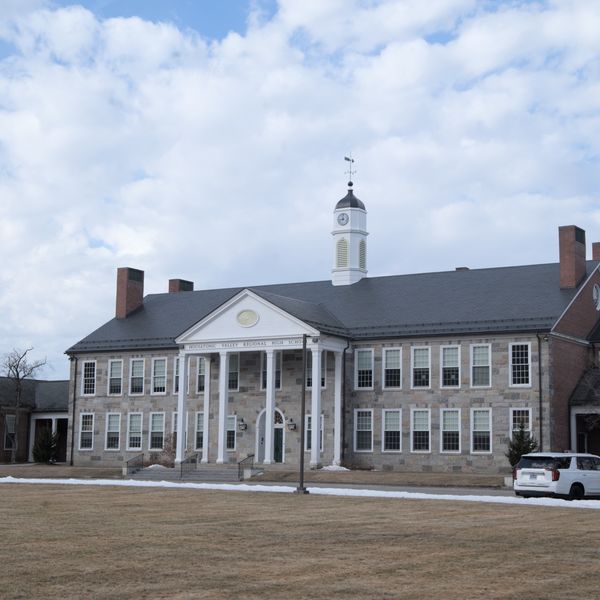
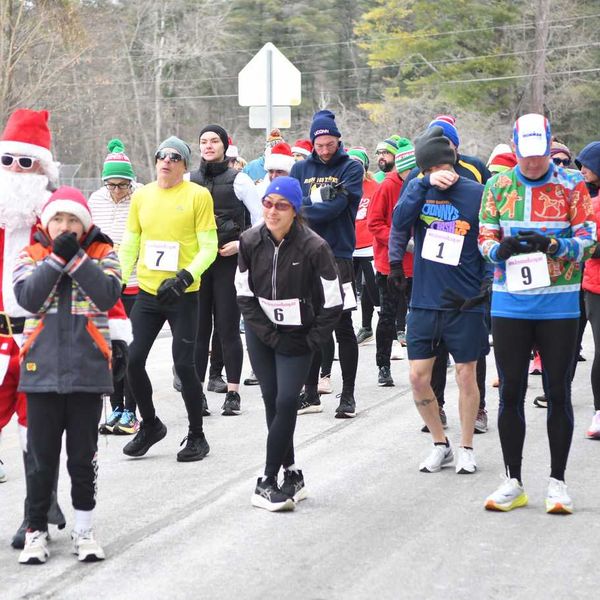

After 10 years dogless, I once again wanted a dog
My Dog: Part One